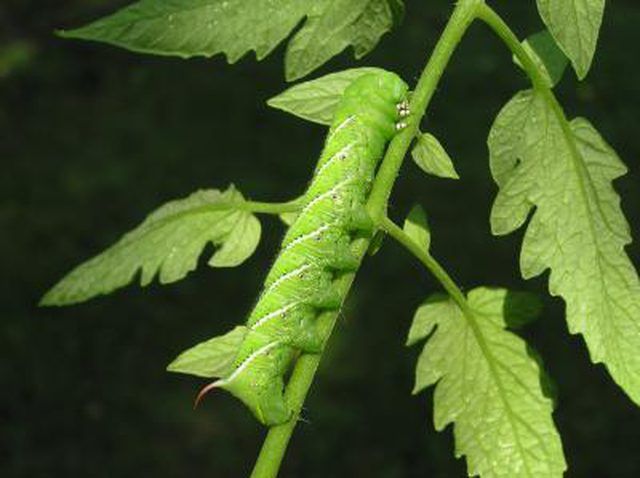Bulbs
Flower Basics
Flower Beds & Specialty Gardens
Flower Garden
Garden Furniture
Garden Gnomes
Garden Seeds
Garden Sheds
Garden Statues
Garden Tools & Supplies
Gardening Basics
Green & Organic
Groundcovers & Vines
Growing Annuals
Growing Basil
Growing Beans
Growing Berries
Growing Blueberries
Growing Cactus
Growing Corn
Growing Cotton
Growing Edibles
Growing Flowers
Growing Garlic
Growing Grapes
Growing Grass
Growing Herbs
Growing Jasmine
Growing Mint
Growing Mushrooms
Orchids
Growing Peanuts
Growing Perennials
Growing Plants
Growing Rosemary
Growing Roses
Growing Strawberries
Growing Sunflowers
Growing Thyme
Growing Tomatoes
Growing Tulips
Growing Vegetables
Herb Basics
Herb Garden
Indoor Growing
Landscaping Basics
Landscaping Patios
Landscaping Plants
Landscaping Shrubs
Landscaping Trees
Landscaping Walks & Pathways
Lawn Basics
Lawn Maintenance
Lawn Mowers
Lawn Ornaments
Lawn Planting
Lawn Tools
Outdoor Growing
Overall Landscape Planning
Pests, Weeds & Problems
Plant Basics
Rock Garden
Rose Garden
Shrubs
Soil
Specialty Gardens
Trees
Vegetable Garden
Yard Maintenance
The Life Cycle of the Tomato Hornworm
The Life Cycle of the Tomato Hornworm. The tomato hornworm, Manduca quinquemaculata, is a common garden pest that can be found all over the United States. These caterpillars are camouflaged on the green leaves of tomato plants, eggplants, peppers and potatoes. They can go unnoticed until most of the damage is done. Tomato hornworms are often...

The tomato hornworm, Manduca quinquemaculata, is a common garden pest that can be found all over the United States. These caterpillars are camouflaged on the green leaves of tomato plants, eggplants, peppers and potatoes. They can go unnoticed until most of the damage is done. Tomato hornworms are often confused with their more common close relative the tobacco hornworm, Manduca sexta.
Egg Stage
Adult female moths leave eggs primarily on the lower level leaves of prospective food plants, but sometimes also on the upper level. These eggs are deposited on the underside of leaves primarily in the late spring. More than one generation is possible in warmer areas. The eggs are oval in shape and about 1.5 millimeters in diameter. They can be light green or white in color. It can take between two to eight days for eggs to hatch. The average duration is five days.
Larva and Pre-Pupal Stages
When the eggs hatch, larvae go through five to six stages or instars. During the first instar, the larvae are small and yellow or white in color without any markings. A fully grown tomato hornworm larva is shaped like a cylinder with five pairs of prolegs and three pairs of thoracic legs. A pointed black horn forms on the back abdominal segment. There are eight white or yellow V-shaped lateral marks that point toward the front. It takes about three to four weeks for larvae to completely mature. Hornworms do the most garden damage during this caterpillar stage because they eat a lot and grow to about 4 inches.The pre-pupal stage lasts for a short time just before pupation. This is when the hornworm appears to be dead because it stops eating, but it is actually getting ready to form its cocoon.
Pupation: The Resting Stage
Fully grown caterpillars climb down from plants and make cocoons in the soil during the pupal or resting stage. Pupae are usually brown and about 2 inches or more in length with a maxillary loop to cover parts of the mouth. This stage can take a few weeks up to a few months, depending on the time of year. In the fall, pupae will stay in the ground until the spring, but in the spring, the moth will emerge in about two to four weeks.
Adult Stage
The adult is commonly called a hummingbird moth, since it is often mistaken for the bird. The moth is gray or grayish brown in color with five orange-yellow spots on both sides of the abdomen. Each moth can have a wingspan of about 100 millimeters. A moth emerges from its cocoon most often in the spring. An adult female lays eggs again and the cycle continues.